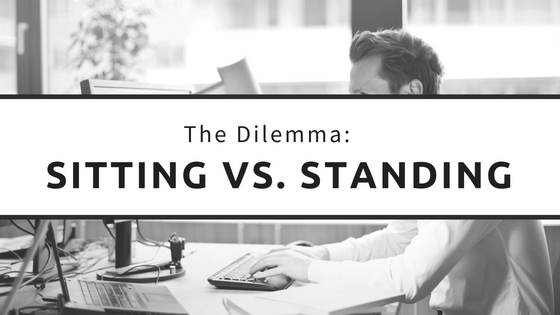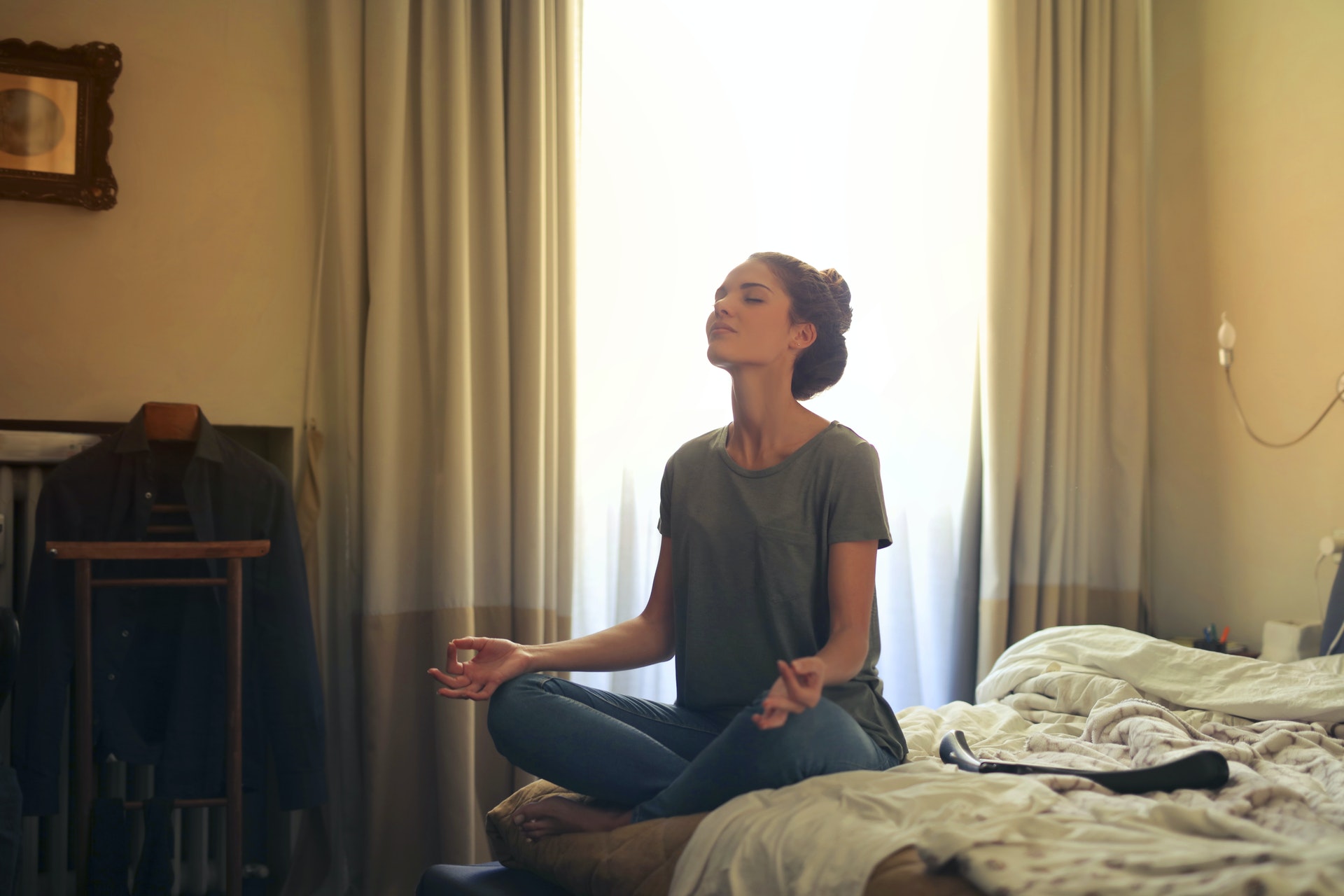
Prolonged sitting has been tagged as one of the dangerous practices most of us are facing right now. This can be due to the nature of the jobs we have, such as typing, writing, encoding, and working with handicrafts. It can cause health issues such as digestive problems, musculoskeletal pain, and posture-related issues.
There are times when it is simply better to sit than to stand (Yes, even though we at AnthroDesk love our sit to stand desks, we still sit sometimes...or at least some of us squat).
There are fine motor tasks that are more suited to sitting. Sitting uses less energy than standing and it stabilizes the body while performing specialized artistic work, creating detailed drawings, and of course, when driving. The unfortunate thing is that these 'temporary' tasks lead to prolonged sitting which can be problematic (and lead to an alarming extended amount of time).
More Information You Need to Know About Sitting
Sitting for at least an hour or more can augment the risk of coronary heart disease, kidney malfunctions, and obesity. This happens because of the change in fat metabolism which leads to the deposit of fat in adipose tissue rather than having it metabolized by the muscles. Ergonomists have suggested a periodic break in between sitting and movement during the day. It could be a minute or two every half an hour. Stand, stretch, check on proper posture, and walk.
Studies have shown that having regular and consistent breaks, have positive effects on people with a sedentary lifestyle such as improving the levels of comfort, work performance, and downscaling the peril of musculoskeletal injuries.
Guest contributors Amanda Conlin and Larissa Barber published an article on Psychology Today, “Why and How You Should Take Breaks at Work”, where the following is mentioned:
“At some point, employees need to stop working to recharge their batteries, so to speak. Short breaks during the workday can actually boost mental resources such as attention, ensuring good performance”.
They also mentioned in the article that some key components of an effective break include psychological detachment and developing positive emotions.
STANDING AT WORK
Standing while doing your work is one of the options suggested to counter the adverse effects of extensive sitting. Those who work in a standing position enjoy multiple benefits, including using more muscles, burning more calories, reducing weight gain, alleviating neck and shoulder strain, and enhancing memory and concentration. These favourable health benefits are confirmed by Jenny Pynt, an ergonomics researcher at Charles Sturt University.
But standing all day can also be hard - especially if you're not used to it or in good physical condition. If so, it can lead to swelling of the legs, varicose veins, nocturnal leg cramps, increase the risk for atherosclerosis (hardening of the heart arteries) in men, and cause preterm delivery as well as leading to reduced birth weights if pregnant women stand for more than three hours at a time.
SIT TO STAND WORKSTATIONS
It is now clear that there are several drawbacks to prolonged sitting and standing at work. Surprised that a company that sells 'Standing Desks' would say that? Don't be. The solution, based on ergonomics research in the workplace, is to regularly switch between rightly balanced work positions as needed.
The transition between sitting and standing must be done as easily as possible. A sit-stand desk is ideal because it stimulates physical movement that can create a healthy working space as well as having more productive workers. The goal is to build and sustain a pattern of movement variety in the workplace. Sit to do computer-related work using a height-adjustable desk, and then stand at least every 20-30 minutes in order to achieve a healthier lifestyle.





